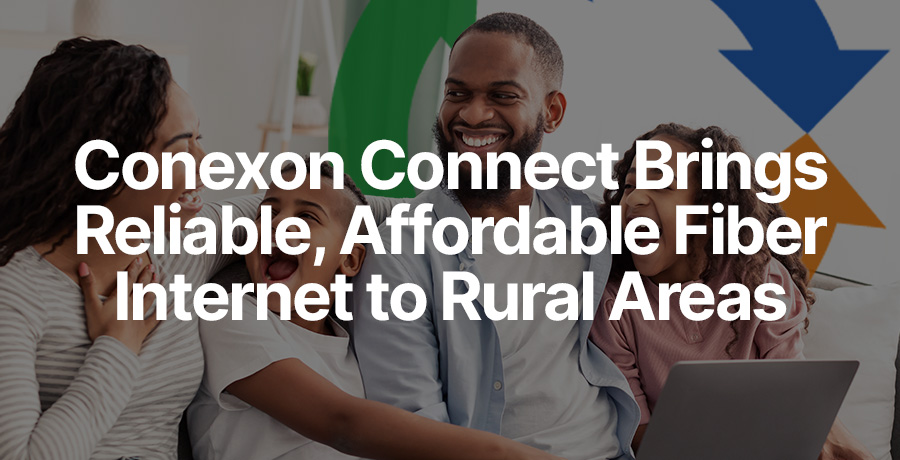At a Broadband Communities conference a while ago, the theme was: There is not just one “right way.”
I disagree, at least when it comes to electric coops. There is a right way. Fiber-to-the-home networks, like electric networks, are large-scale infrastructure projects. It is important to understand what has worked, what hasn’t worked, and why.
First, know your numbers.
You will need a business plan for the unique circumstances of your coop. It may sound obvious that you should base your plan on an existing successful electric coop fiber business. Not as obvious: to date, there has been just one complete, successful fiber business by an electric coop. By complete and successful, I mean a coop that built a network to 100% of the members, without subsidies, and is cash flow positive. That coop is Co-Mo Electric in Missouri. There are already more than two dozen electric coops across the country following the Co-Mo model.
And there are also less successful projects. The less successful projects understandably do not like to disclose their deficiencies. Your members will count on you to know the difference.
Second, protect your electric-only members.
A fiber network, integrated into an electric network, brings benefits to the coop and to every member. Still, we believe the fiber services – internet, voice, television – should stand on their own financially and not receive direct or indirect subsidies from the electric-only members of your coop. When planning a network, you should separate the financials between the infrastructure owned by the coop, and the services provided. The services may be provided by a separate subsidiary, a consortium of coops, or an independent ISP.
In no circumstance should your member equity be used to subsidize a third-party provider. Proper business structure and planning can protect your members.
Third, build in the most efficient and cost-effective manner.
You will be building a fiber network as part of an electric network. That is different than building a telephone network, different than building a cable network, and different than an ISP like GoogleFiber building a fiber network. There is a reason no one else will build broadband networks in rural areas without massive government subsidies. In the past decade Mississippi telephone companies have received over $500 million from the federal government for rural service. Since you will not have access to these subsidies, you must build your network in a more efficient manner than they do.
Scrutinize costs for make ready, fiber design, materials, electronics, construction, head end, VoIP – poor execution in each case can affect your business by millions of dollars. Work with firms that know how to build electric coop networks, and how to spend your members’ money as if it is their own.
Fourth, compete the coop way.
Unlike the electric business, the fiber business lines will face competition. While that requires a change in approach, it doesn’t require a change in your core values. In fact, your core values are your competitive advantage. You should plan to build to 100% of your members and deliver the same level of service to everyone. Your pricing shouldn’t be filled with gimmicks. In surveys, the most significant reason people don’t subscribe to broadband is lack of affordability. You should price your services to maximize member subscribership, which is different than cable or telephone companies who price to maximize profit or monopoly rents. And, while the large cable and telephone companies successfully lobbied Congress to let them sell browsing history and other customer proprietary network information, you can assure your members that you will protect their privacy.
You can successfully compete with cable companies and with telephone companies on the values that earned your members’ trust over the past eighty years.
